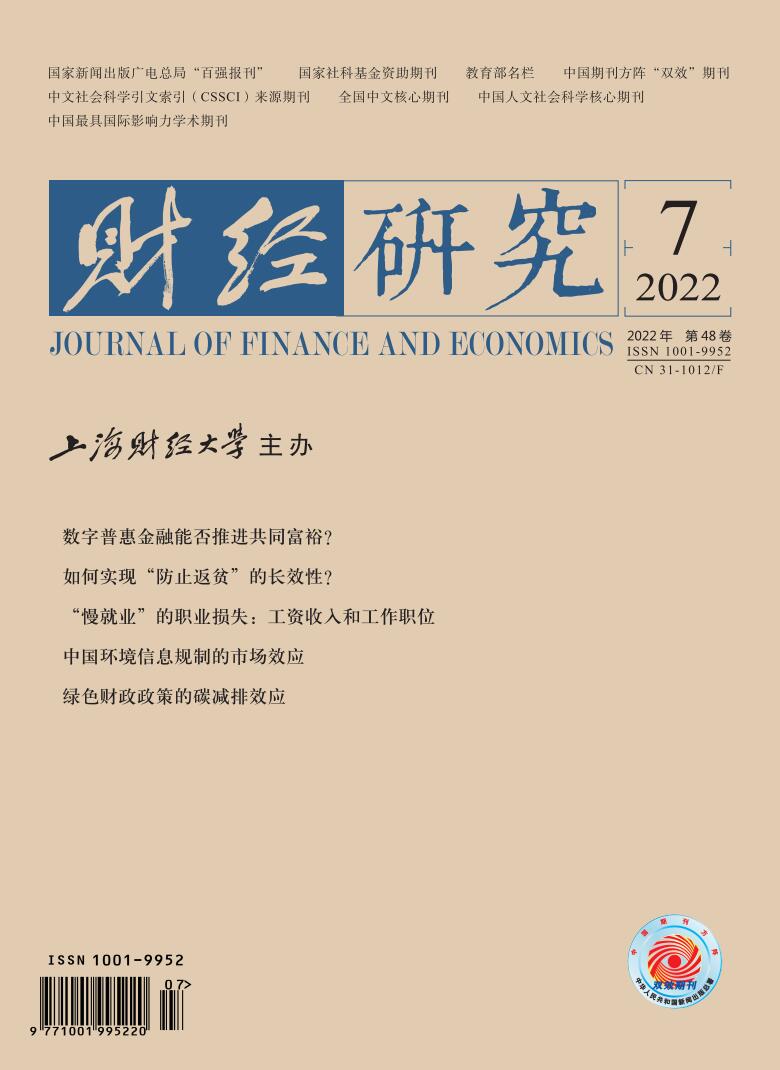Health is an important factor which affects national welfare and economic development. Eliminating the difference of residents’ health level among countries can greatly reduce the difference of labor per capita GDP (Well, 2007). To improve residents’ health, governments and social organizations have vigorously promoted public health campaigns, such as tap water popularization, the use of chlorine disinfection technology, the construction of sewers in cities, and various health campaigns against epidemics. Research shows that the above public health campaigns have mostly had a positive impact on reducing child mortality, promoting children’s health and improving children’s literacy rate (Cutler & Miller, 2005; Bleakley, 2007; Alsan & Goldin, 2019).
However, the public health situation in rural areas of developing countries is still severe. The lack of tap water and sanitary toilets restricts people’s daily life. As the largest developing country in the world, China’s rural areas have made great achievements in the popularization of drinking water and sanitary toilets in the past three decades. This paper studies how the event affects children’s long-term human capital, and makes a cost-benefit analysis. Based on the China Health and Retirement Longitudinal Study (CHARLS) data, according to the time difference of changing water and toilets among villages and individual birth cohort, the DID recognition strategy is constructed. The study finds that renovating water supply and toilets can significantly promote children’s long-term human capital accumulation. Those who experienced this campaign under 16 increased the year of education by 1.28 years, and the probability of receiving high school and university education increased by 23% and 10% respectively. This paper also finds that the earlier the adolescents experienced this campaign, the higher their level of human capital. What’s more, the areas with infectious diseases in history have more obvious improvement. The cost-benefit analysis shows that the annual return rate of water and toilet reform is more than 230%.
This paper may have several contributions: (1) From the perspective of development economics, it examines the impact of promoting water and toilet reform in rural areas of developing countries, which enriches the relevant research on the long-term effect of public health movement. (2) The research design is based on the quasi-natural experiment to construct a DID model, and the conclusion is more reliable. (3) It suggests that the benefits of water and toilet reform are reflected in not only the improvement of current life convenience, but also the promotion of long-term human capital. The conclusions provide powerful support for renovating water supply and toilets in rural areas, and give a reference to the formulation of relevant subsidy standards.





 4313
4313  3461
3461

